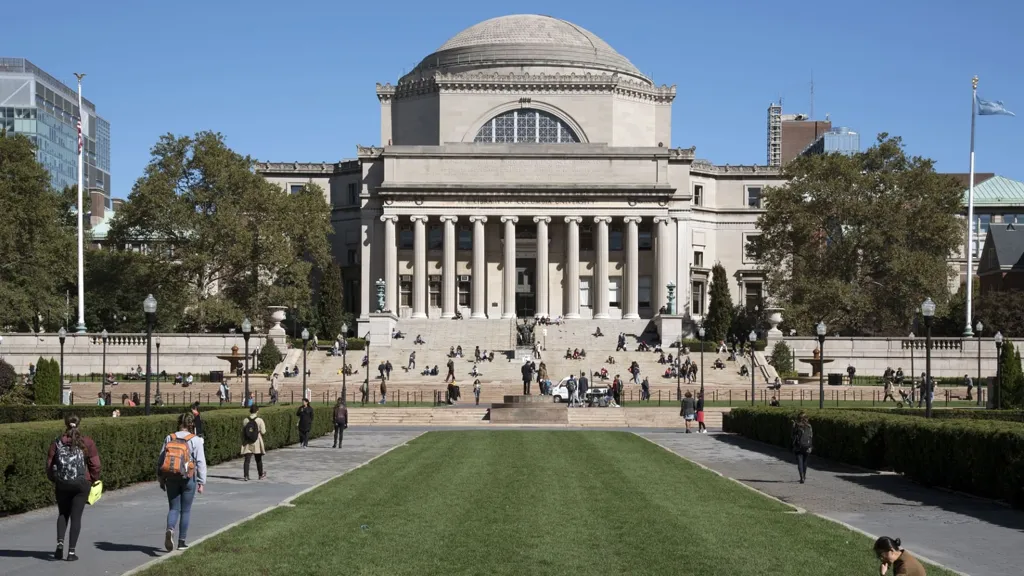In the 1990s, Yale University started investing in alternative assets like hedge funds and natural resources. This "Yale Model" proved lucrative, but only universities with large endowments could afford to take on the risk and due diligence that come with alternative investments, according to Kimball.
At universities large and small, endowments aren't slush funds. The endowments are actually made up of hundreds or even thousands of funds, and the majority of those are restricted by donors to areas such as professorships, scholarships, or research.
"Most of that money was put in for a specific purpose," said Scott Bok, former chairman of the University of Pennsylvania. "Universities don't have the ability to break open the proverbial piggy bank and just grab the money in whatever way they want."
Endowments often follow a custom of only spending 5% annually, also a practice dating back to the 1970s, according to economist and former Northwestern University president Morton Schapiro. Assuming high single-digit percentage investment returns, spending only 5% allows the principal of the endowment to grow and keep pace with inflation.
University administrations often point to donor restrictions when pressed to increase spending. But Schapiro said this excuse is overplayed.
"It's true that a lot of money is restricted, but it's restricted to things you're going to spend on already like need-based aid, study abroad, libraries," he said.
Furthermore, some funds are not subject to donor restrictions but rather are earmarked by universities for specific purposes.
"It's not really restricted," said Schapiro of these quasi-endowments. "You could actually spend it at whatever rate that you really want."
And while most states have guidelines on how endowment assets are spent, few have a set range or cap on spending, according to Brian Galle, professor of tax policy at Georgetown Law. It is also possible to get court approval to increase spending and use restricted endowments if it is crucial to the university's mission, Galle said.
It is possible for universities to increase their endowment spending during times of crisis. Several did during the pandemic, including Northwestern and Penn. Donors can also give their written consent to lift endowment restrictions, according to Micah Malouf, special counsel at Schell Bray.
That said, while the restrictions may be exaggerated, the financial obligations are real, Kimball said. Colleges allocate nearly half their endowment spending to student financial aid, according to the NACUBO study.
Kimball described spending endowments or endowment income to cover short-term as "imprudent." He compared the scenario to an employer canceling a prerequisite expense and asking employees to cover it with their savings and income.
"That regular salary is already earmarked for other purposes, so you would have to cut back on food, rent, etc.," he said.
